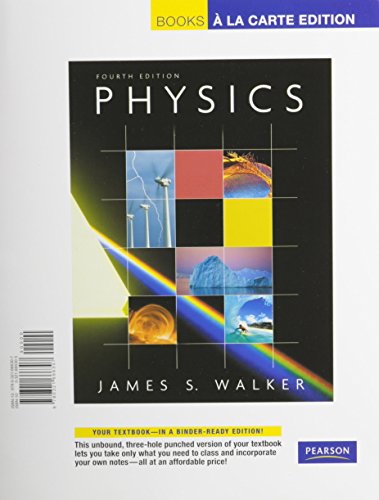
Synopsis
This book will teach students how to design digital logic circuits, specifically combinational and sequential circuits. Students will learn how to put these two types of circuits together to form dedicated and general-purpose microprocessors. This book is unique in that it combines the use of logic principles and the building of individual components to create data paths and control units, and finally the building of real dedicated custom microprocessors and general-purpose microprocessors. After understanding the material in the book, students will be able to design simple microprocessors and implement them in real hardware.
"synopsis" may belong to another edition of this title.
About the Author
Dr. Enoch Hwang has a Ph.D. in Computer Science from the University of California, Riverside. He currently serves as a Professor of Computer Science at La Sierra University in Southern California, teaching digital logic and microprocessor design. In 2015, Dr. Hwang was invited to serve as a visiting professor to Zhejiang University in Hangzhou, China, where he taught their Digital Systems Design course. Many new ideas from that class have been incorporated into this edition of the book. From as early as childhood, Dr. Hwang was fascinated with electronic circuits. In one of his first experiments, he attempted to connect a microphone to the speaker inside a portable radio through the earphone plug. Instead of hearing sound from the microphone through the speaker, smoke was seen coming out of the radio. Thus ended that experiment and his family�s only radio. He now continues on his interest in digital circuits with research in embedded microprocessor systems, controller automation, power optimization, and robotics.
"About this title" may belong to another edition of this title.
Search results for Digital Logic and Microprocessor Design with VHDL
Digital Logic and Microprocessor Design with VHDL
Seller: BooksRun, Philadelphia, PA, U.S.A.
Hardcover. Condition: Very Good. 1. Supplements included. It's a well-cared-for item that has seen limited use. The item may show minor signs of wear. All the text is legible, with all pages included. It may have slight markings and/or highlighting. Seller Inventory # 0534465935-8-1-116
Digital Logic and Microprocessor Design with VHDL
Seller: ThriftBooks-Atlanta, AUSTELL, GA, U.S.A.
Hardcover. Condition: As New. No Jacket. Pages are clean and are not marred by notes or folds of any kind. ~ ThriftBooks: Read More, Spend Less. Seller Inventory # G0534465935I2N00
Digital Logic and Microprocessor Design with VHDL
Seller: Goodwill of Greater Milwaukee and Chicago, Racine, WI, U.S.A.
Condition: good. Book is considered to be in good or better condition. The actual cover image may not match the stock photo. Hard cover books may show signs of wear on the spine, cover or dust jacket. Paperback book may show signs of wear on spine or cover as well as having a slight bend, curve or creasing to it. Book should have minimal to no writing inside and no highlighting. Pages should be free of tears or creasing. Stickers should not be present on cover or elsewhere, and any CD or DVD expected with the book is included. Book is not a former library copy. Seller Inventory # SEWV.0534465935.G
Digital Logic and Microprocessor Design with VHDL
Seller: GoldBooks, Denver, CO, U.S.A.
Condition: new. Seller Inventory # 10D78_17_0534465935
Digital Logic and Microprocessor Design with VHDL
Seller: SHIMEDIA, Orient, NY, U.S.A.
Condition: New. Satisfaction Guaranteed or your money back. Seller Inventory # 0534465935
